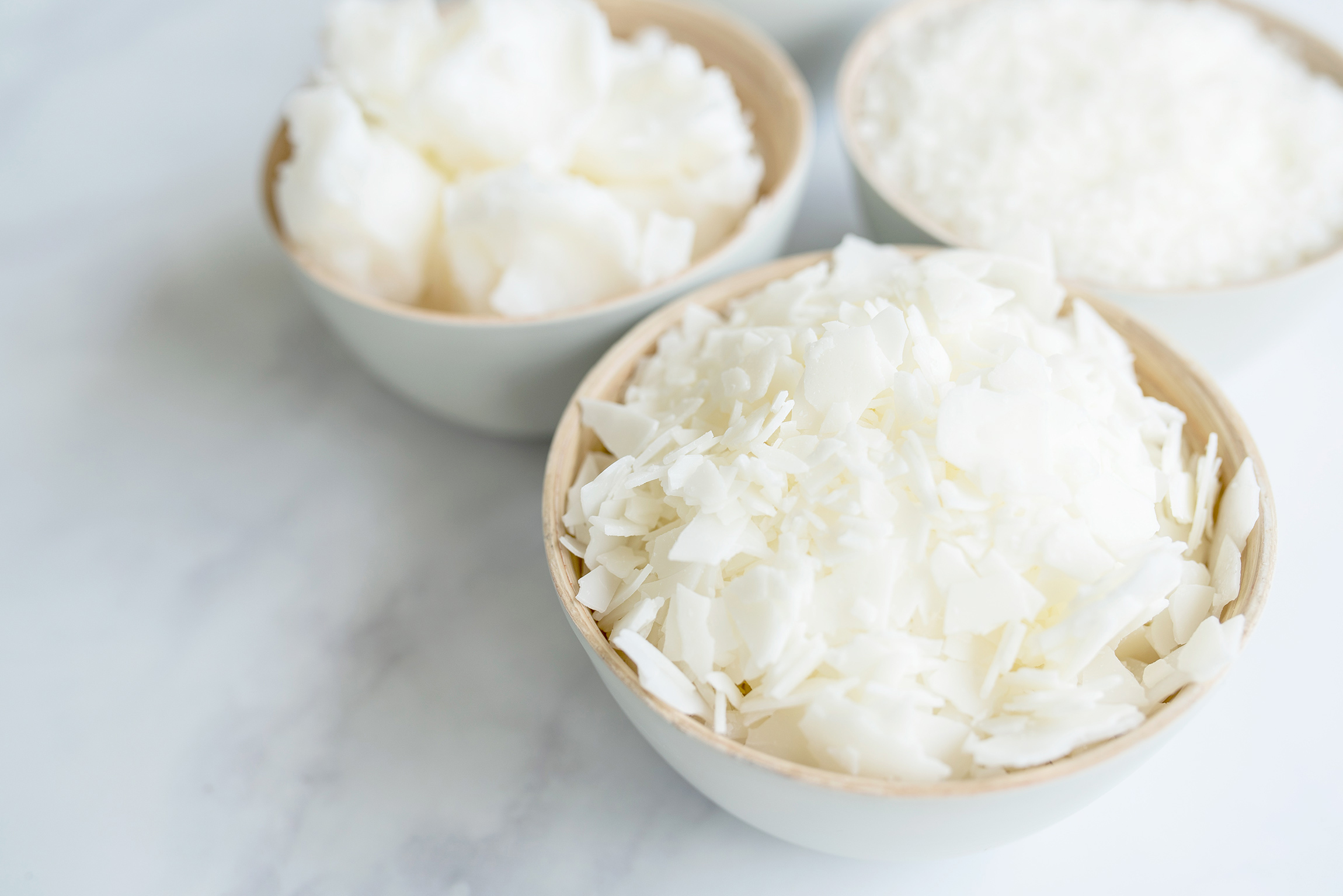Develop Atmosphere with Handmade Soy Wax Candles and Home Fragrance
Develop Atmosphere with Handmade Soy Wax Candles and Home Fragrance
Blog Article
From Wick to Wax: Comprehending the Chemistry Behind Soy Wax Candles and Their Ecological Effect
As we illuminate our spaces with the warm glow of candle lights, there exists a realm of intricate chemistry behind the apparently simple act of lighting a soy wax candle. Join us as we decipher the clinical intricacies behind soy wax candle lights and explore their ramifications on our setting.
Soy Wax Vs. Paraffin Wax
When comparing soy wax and paraffin wax for candle light production, it is necessary to recognize the distinct attributes and benefits of each product. Soy wax is a natural, eco-friendly resource stemmed from soybean oil, making it environmentally friendly and eco-friendly - soy candles. On the other hand, paraffin wax is a byproduct of petroleum refining, which elevates issues regarding its environmental influence and sustainability
Soy wax candle lights burn cleaner and give off less soot contrasted to paraffin wax candle lights, making them a much healthier choice for interior air quality. In addition, soy wax has a lower melting factor, permitting for a longer-lasting candle that disperses fragrance a lot more effectively. Paraffin wax, on the various other hand, often tends to melt faster and much less cleanly, possibly releasing unsafe chemicals right into the air.
From a sustainability point of view, soy wax is preferred for its biodegradability and eco-friendly sourcing, aligning with the expanding consumer choice for ecologically mindful products. While paraffin wax has been a conventional choice in candle making because of its affordability and simplicity of use, the shift in the direction of environmentally friendly options like soy wax is getting momentum in the sector.
Chemical Structure of Soy Wax

Burning Process in Soy Candles
The chemical make-up of soy wax straight affects the combustion process in soy candle lights, impacting elements such as melt time, aroma release, and environmental influence. When a soy candle is lit, the warm from the fire melts the visit this site wax near the wick. This liquid wax is then formulated the wick due to capillary activity. As the liquid wax reaches the fire, it evaporates and undertakes burning. The burning process entails the vaporized hydrocarbons in the wax responding with oxygen in the air to create heat, light, water vapor, and co2.
The burning efficiency of soy candle lights is influenced by the pureness of the soy wax and the top quality of the wick. In addition, soy wax candles have a reduced environmental effect contrasted to paraffin candles due to their biodegradable and eco-friendly nature.

Environmental Advantages of Soy Wax

Thought about a sustainable alternative to typical paraffin wax, soy wax offers notable ecological advantages that make it a prominent choice amongst eco-conscious consumers. One considerable advantage of soy wax is its eco-friendly sourcing. Soy wax is stemmed from soybean oil, which is mainly grown in the USA. The cultivation of soybeans helps support neighborhood farmers and decreases the dependence on non-renewable nonrenewable fuel sources utilized in paraffin wax production. Furthermore, soy wax is eco-friendly, implying it breaks down normally without releasing damaging toxins into the view it now setting. This particular makes soy wax candles a much more eco-friendly alternative compared to paraffin wax candle lights, which are made from oil, a non-renewable resource. Soy wax burns cleaner and produces much less residue than paraffin wax, contributing to better interior air quality and reducing the demand for cleansing and upkeep. On the whole, the environmental benefits of soy wax straighten with the growing need for lasting and green products in the marketplace.
Recycling and Disposal Considerations
Reusing and proper disposal of soy wax candle lights play an important role in preserving environmental sustainability and minimizing waste in homes and neighborhoods. The initial step is to guarantee that the candle light has burned entirely when it comes to reusing soy wax candle lights. This can be accomplished by permitting the candle light to shed up until the wick is no more usable, and then letting the continuing to be wax cool and strengthen. When the wax has strengthened, it can be thoroughly eliminated from the container.

In terms of disposal, if recycling is not a choice, soy wax candles see page are biodegradable and can be safely taken care of in a lot of family waste systems. It is constantly suggested to examine with neighborhood recycling facilities or waste monitoring services for details guidelines on candle light disposal to make certain appropriate handling and environmental defense.
Conclusion
In conclusion, the chemistry behind soy wax candle lights discloses their ecological advantages over paraffin wax candle lights. Soy wax, obtained from soybean oil, burns cleaner and produces much less soot when contrasted to paraffin wax.
When contrasting soy wax and paraffin wax for candle making, it is essential to recognize the distinctive features and advantages of each material (crystal soy candles).Soy wax candles melt cleaner and emit less soot contrasted to paraffin wax candle lights, making them a healthier choice for interior air high quality.Taken into consideration a lasting choice to standard paraffin wax, soy wax supplies notable environmental benefits that make it a popular choice amongst eco-conscious consumers. Soy wax burns cleaner and produces less soot than paraffin wax, adding to better indoor air top quality and minimizing the requirement for cleansing and upkeep.In conclusion, the chemistry behind soy wax candle lights reveals their ecological advantages over paraffin wax candles
Report this page